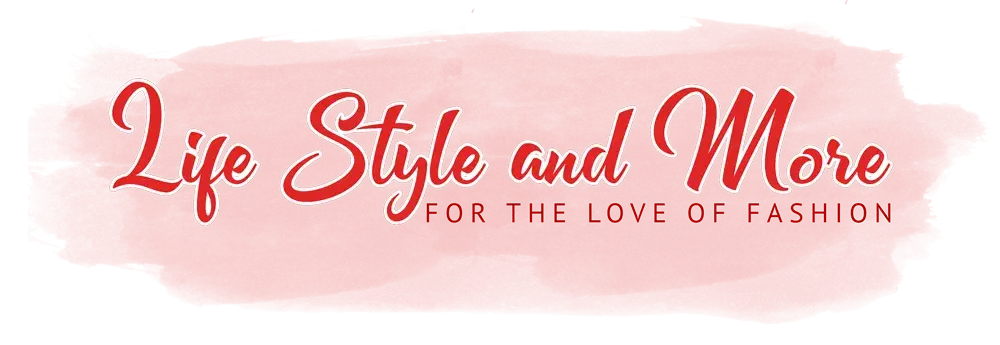Whether you are new to makeup or an avid makeup professional, concealer and corrector are a big part of your makeup routine. Not only do these products cover blemishes and imperfections but they give you the look you desire effortlessly. However, a lot of people tend to get confused between a corrector and concealer and how to use them correctly. Here are some differences between the two and how you can use each one to enhance your overall look.
Understanding The Difference Between Corrector Vs Concealer
The main difference between a corrector palette and a concealer is that a corrector brightens your skin, and a concealer lightens your skin. While both products are used to cover small blemishes, imperfections, dark circles, and more, concealers can be used to lighten any dark patches for a minimal look. However, if your dark circles or blemishes are very noticeable, then correctors come into focus. Correctors should be applied before your concealer to hide any bad bruises or marks on your face and then concealers can be used. Your concealer will have a similar skin tone shade and will easily blend in small marks to give you a flawless finish.
Choosing Your Corrector
With a color corrector palette, it’s important to keep in mind that the skin tone under your eyes will not be the same as the rest of your face. In these cases, try playing around with a color corrector palette and see which is the ideal shade for you. If you’re looking to neutralize purple or blue undereye circles, then op for a red color corrector. To reduce the appearance of hyperpigmentation or black-toned bruises, yellow works well for all skin tones. If you have any redness, acne, acne scars, sunburns and more choose a purple corrector that brightens dull skin. For red spots, or any skin of redness a green corrector will easily camouflage it.
Make sure that you tap the corrector on with a brush or beauty blender instead of rubbing it and apply a thin layer first and see how it looks.
Choosing Your Concealer
When it comes to choosing a Viseart concealer palette you need to pick a concealer that works best for your concerns and gives you an even and seamless finish along with hiding small imperfections. Since concealers are the same shade as your skin, for dark circles, always opt for one shade lighter than your skin tone or the same shade as your foundation. You also need to choose concealers based on your skin type. If you have dry skin, opt for a cream, liquid, or stick concealer that will give you a satin, dewy and hydrated finish. For oily skin, only opt for powders or creams that have a matte finish and avoid liquid concealers as they tend to clog your pores.
While some people use their fingers to blend their concealer corrector palette easily under their eyes you can also use a makeup sponge. Just remember to tap the product and blend in instead of rubbing it on your skin.
The Bottom Line
At the end of the day, concealer is a makeup must-have to cover blemishes, dark circles, and imperfections on the go. While correctors are optional and only required if your skin needs added coverage and your concealer isn’t enough. This works well with suborn marks, redness, and imperfections to help create a more even canvas to work with.

